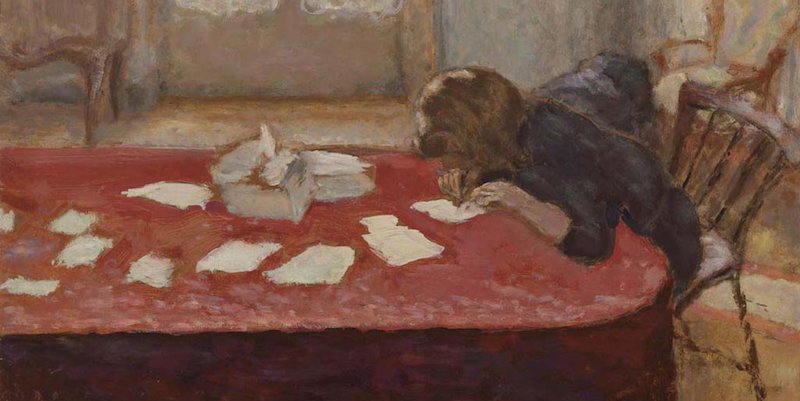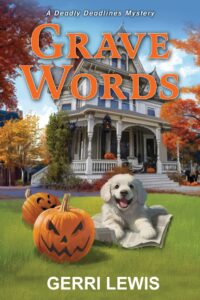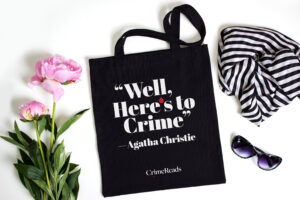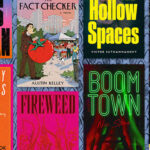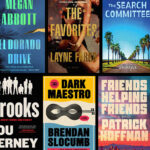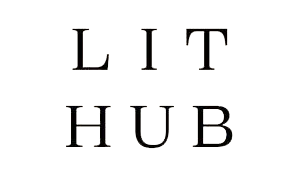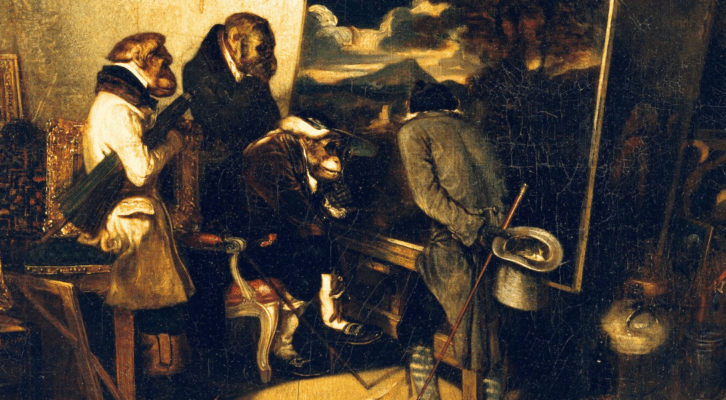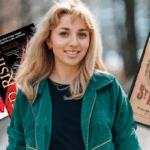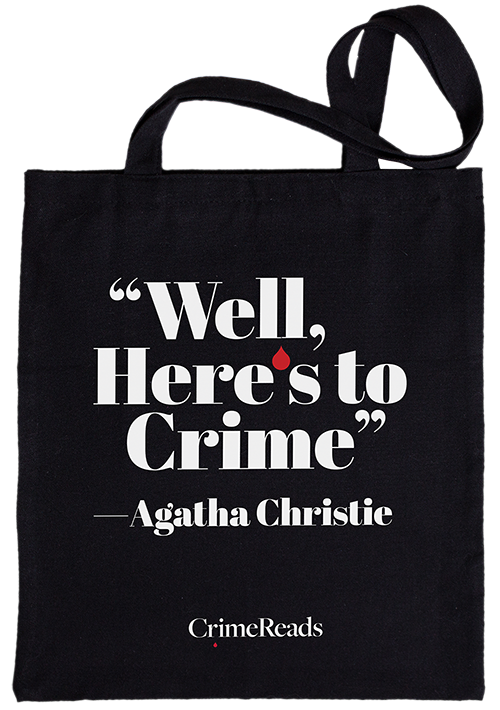You have to admire those authors who seamlessly weave real-life background into their books without turning the story into a history lesson, a travelogue or a CV. And believe me, I pay attention to how other writers manage to meld unique careers, historical background and rich settings into the narrative because if done well, detail is what makes a good book better.
Recently, I was invited to Zoom in on a book-club that had read my debut novel, The Last Word, as one of their monthly selections. One of the questions they asked was if the town in my book is a real one. That gave me pause. Had I woven the historical references so subtly that they were lost to the reader? Or worse, because of my fear of sounding like my high school history teacher, had I omitted the truths that would have made my setting feel genuine?
So, I began paying closer attention to the books I read. What tools do other writers use to strike the right balance when adding fact to fiction. What techniques make those facts feel less like an aside and more like something that flows naturally.
The same group was also curious about the profession of my protagonist, obituary writer Winter Snow. They wondered if I had been an obituary writer myself because they said it sounded like I knew a lot about the job. Whew, at least I got that right. Still, I wondered how other authors managed to bring a character to life without sounding like they were reciting a resumé.
I can still remember the first time I met Temperance Brennan, the smart forensic anthropologist who is the protagonist in Kathy Reich’s compelling thrillers. While Tempe donned her protective gear to pick through skeletal remains, boiled bones in vats and then spent hours waiting to examine them, I learned first-hand about her profession. Nearly twenty-five of Reich’s books are on my bookshelf—a testament of her talent to let her readers to see the story by looking through the lens of her character’s eyes.
For Wendy Walker, it’s action that puts the reader right smack in the center of a cop’s head in her thriller What Remains. As her protagonist exchanges telling quips with her partner and a page later pulls her gun in response to gunfire, the reader feels the frustrations, the inner turmoil, the fear and the psychological challenge of being a mother and a police officer through her response to actions she must take in a department store. In short, through the character’s experiences, we learn what it’s like to be a mother who wears a badge.
Jodé Millman, an intellectual property attorney and the author of true-crime inspired legal thrillers, uses point of view to give her readers what she calls a “360-degree idea of what the justice system is like.” In The Empty Kayak, she tells the story through the eyes of a criminal defense attorney, a district attorney and a cop. Three different perspectives give the reader a unique look at their professions. Millman does it so expertly that the action is never interrupted by an aside that distracts the reader.
Abigail and Alexa Save the Wedding by Lian Dolan also uses varying points of view to show the differences between a bride and grooms upbringing. The book may not be a mystery or crime fiction, but the author’s use of character and setting to create tension is a lesson every writer can benefit from.
A master of weaving detail, Hallie Ephron agrees that action is a good place to tuck in your factoids. Ephron who writes what reviewers call “deliciously creepy” suspense novels—her most recent being Careful What you Wish For—was a finalist for the Edgar and Anthony awards for her newly expanded edition of Writing & Selling Your Mystery Novel. Ephron says there is one absolute no-no. “Don’t put it in your dialogue.” Why? Because people do not speak as if they are giving a lecture.
One place readers won’t mind a long description of a location or event is in an historical mystery. Juliet Grames sometimes spends years doing research before she writes because she says genre plays a critical role when you decide how much and where to weave fact into your fiction. Readers of The Seven or Eight Deaths of Stella Fortuna or The Lost Boy of Santa Chionia expect to find the books jam-packed with background and would be disappointed if it weren’t there. If that same data dump landed in a cozy mystery, the book just might get thrown across the room.
Creating colorful settings is critical to Penny Goetjen who writes mysteries, crime fiction and suspense novels. In Deadly Ripples, set in Charleston, South Carolina, the setting is so carefully chosen and so organically written, that it becomes its own character. Her Elizabeth Pennington series are set on the Maine coast conjuring up craggy cliffs and dark angry waters before readers even open the book. Vivid locations allow for less backstory yet still create a tension that is never interrupted by long description.
Even authors who choose fictional towns must pay close attention to making them come to life without interrupting flow. In Trouble in Queenstown by Delia Pitts racial tension tells readers a lot about the community.
A few of my other favorite authors—Preston & Child, Dick Francis, Patricia Cornwall, Louise Penny, Michael Connelly—are masters at creating vivid scenes and believable characters without disrupting tension or storyline. To find more, all you have to do is read.
Which is what I’ve been doing a lot of lately. With the second book in my Deadly Deadlines Mystery series, Grave Words (Crooked Lane Books), releasing in June I’ve been turning the pages with fresh eyes—hoping I’ve learned a thing or two from those who do it best.
Here’s my checklist that stays taped to my desktop computer:
- Dialogue can introduce an event, location or even a profession, but it should never be used to explain it.
- Know your audience and respect your genre—don’t let your readers down with too much or too little background.
- Weave backstory organically. Don’t turn your book into a lecture, a travel brochure or a CV.
Because when fact and fiction are stitched together seamlessly, characters and setting enrich a story, making it one worth reading.
***

